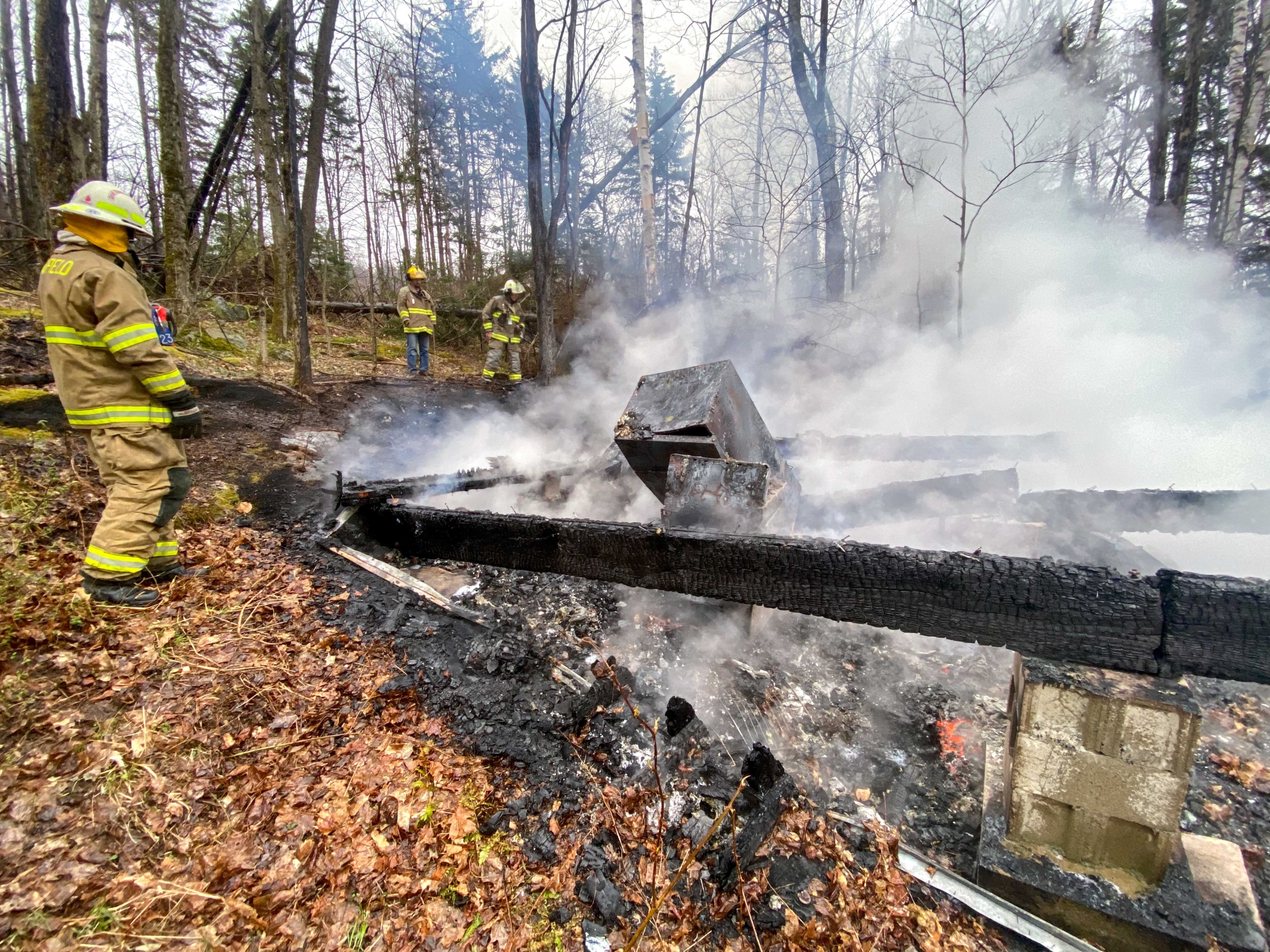FISH & GAME URGES EXTRA CAUTION ON ICE

Anyone venturing onto the ice for ice fishing or other activities is urged to exercise extra caution by the Vermont Fish & Wildlife Department.
Warmer weather in January has caused ice to deteriorate on lakes, ponds and rivers throughout the state, including those in northern Vermont according to State Game Warden Jenna Reed.
“Lake Memphremagog has pressure cracks throughout the lake,” said Reed. “The ones near the Canadian Border and Strawberry Acres have had multiple vehicles break through due to the large cracks and thin ice, and some pressure cracks are submerged and difficult to see. Please use extreme caution out on the lake. Driving a vehicle onto the ice is dangerous and not recommended.”
On January 26, Warden Michael Scott pulled fisherman Richard Leblanc, 62, of Orleans from Lake Willoughby shortly after receiving a 911 call. CPR efforts by Warden Scott and first responders were not successful.
Two weeks ago, an ice fisherman was driving his yellow truck while towing a camper on Lake Carmi when the ice underneath the truck gave way.
A recovery crew removes a truck from the icy waters of Lake Carmi in this video widely circulated on facebook last week.
Fish & Wildlife also reports anglers fell through the ice and at Shelburne Pond and Waterbury Reservoir last week, but they were able to get out safely.
“We are urging all outdoor enthusiasts to be extremely cautious and prepared if they are going to venture out on any ice,” said Vermont Fish & Wildlife Commissioner Louis Porter. “Ice conditions can vary dramatically on different parts of a lake. Remember, even though it may look thick enough on the surface, moving water from currents, rivers and springs can cause ice to form unevenly.”
[bar group=”88″]
- Leave your car or truck on shore. Every year several motor vehicles go through the ice on Vermont lakes, and several people have drowned as a result.
- Leave information about your plans with someone — where you intend to fish and when you expect to return.
- Wear a personal flotation device and don’t fish alone.
- Fish with a friend. Ice fishing is a great sport to share with family members and friends, and having a partner with you increases both the fun and the safety.
- Ice varies in thickness and condition. Always carry an ice spud or chisel to check ice as you proceed.
- Be extremely cautious crossing ice near river mouths, points of land, bridges, islands, and over reefs and springs. Current almost always causes ice to be thinner over these areas.
- Avoid going onto the ice if it has melted away from the shore. This indicates melting is underway, and ice can shift position as wind direction changes.
- Waves from open water can quickly break up large areas of ice. If you can see open water in the lake and the wind picks up, get off!
- Bring your fully-charged cell phone with you.
- Carry a set of hand spikes to help you work your way out onto the surface of the ice if you go through. Holding one in each hand, you can alternately punch them into the ice and pull yourself up and out.
- Carry a safety line that can be thrown to someone who has gone through the ice.
- Heated fishing shanties must have good ventilation to prevent deadly carbon monoxide poisoning. Open a window or the door part way to allow in fresh air.[bar group=”86,87,88″]








